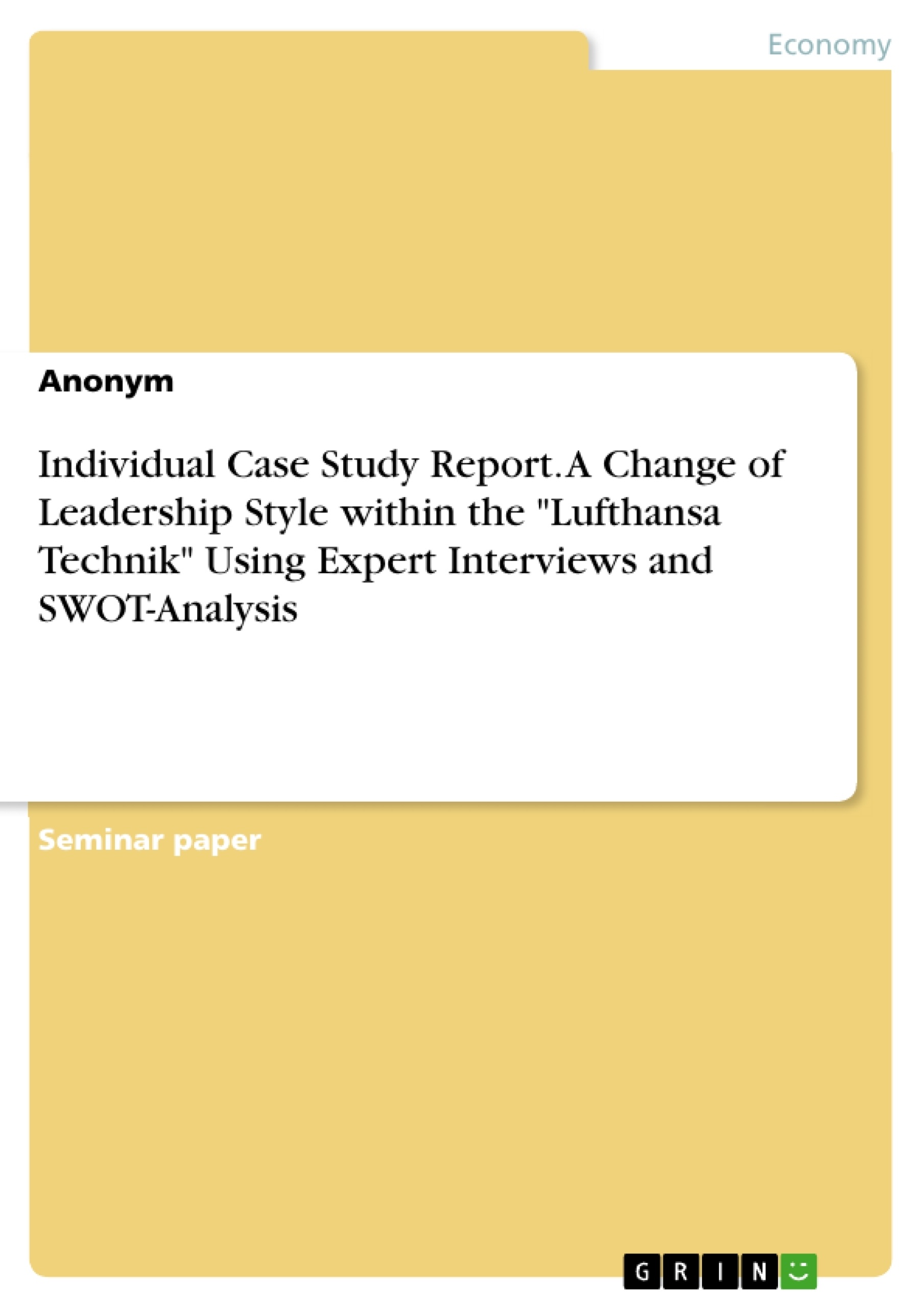The following case study report is based on my personal experiences during a 6 month internship within the HRDepartment of Lufthansa Technik AG (LHT). I worked in central personnel development, whose job is to provide systems and processes for succession, rotary and career planning and assist the managers in their role as the “first personnel developer” for their employees.
Two personnel developers and I formed a project team to address the problematic issue of increasing employee turnover in the past years. All the information and data provided by the company has been translated from German into English and was gathered in 2013.
The purpose of this report is to make recommendations to optimize the existing potential analysis tools of LHT. Executives were questioned about their beliefs and experiences using indepth interviews. Their opinions are integrated in the optimization process in order to produce a practical reference guide for identifying potential. I also use a SWOTanalysis to develop appropriate strategies by determining strengths and weaknesses and examining organisational behaviour (OB) factors. In addition, the statements of managers are analysed with regard to aspects of transformational leadership.
Table of Content
Introduction
Organizational Background Problem Identification Expert-interviews The Interview Guide
Corporate-Management-Grading Critical Incident Technique (CIT) SWOT-analysis
SWOT-analysis based on Expert-Interviews Strengths
Weaknesses Opportunities Threats
Implications of the SWOT-analysis for organisational behaviour Role Model
Individual Development Communication
Emotions
Recommendations Conclusion
References Appendices



